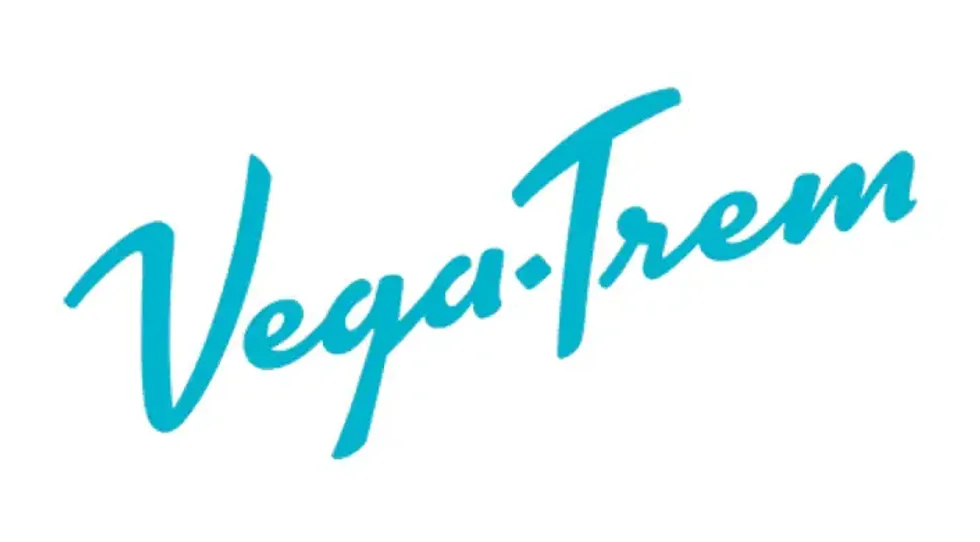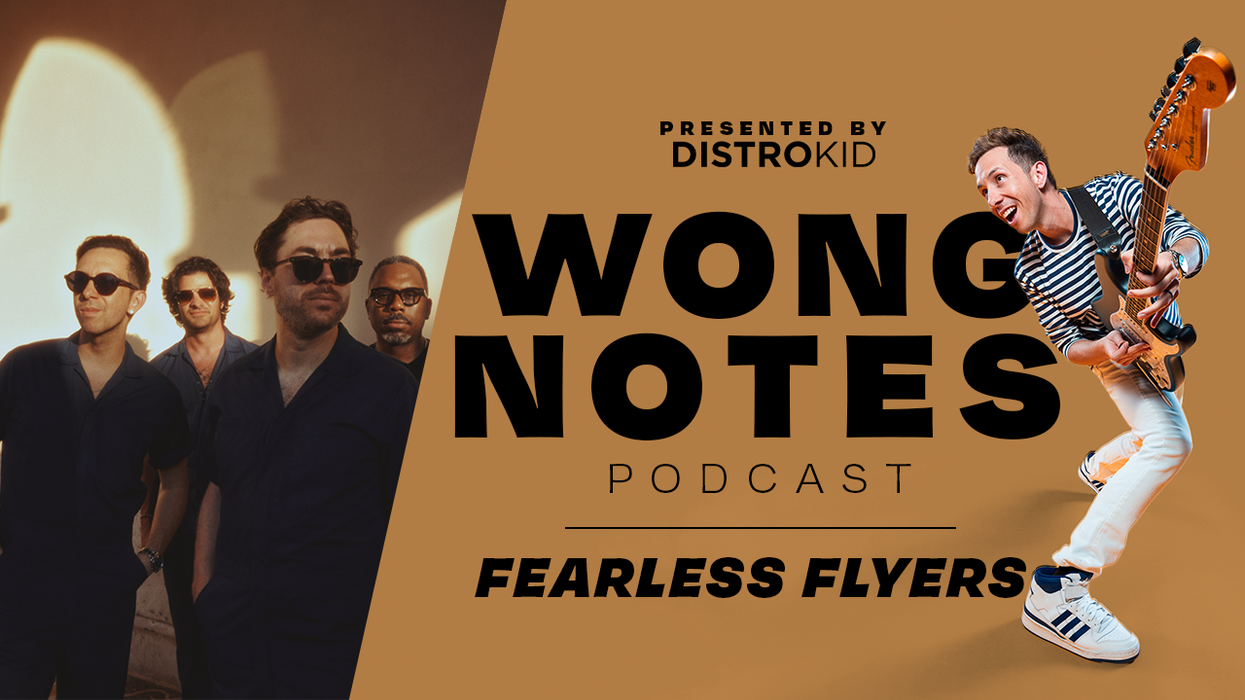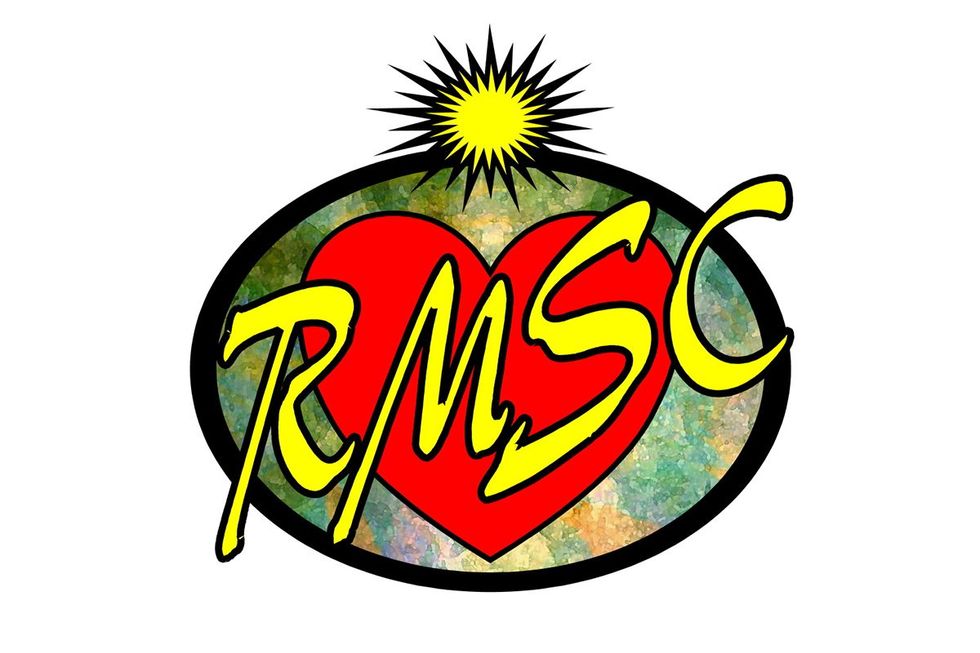The Texan rocker tells us how the Lonestar State shaped his guitar sounds and how he managed to hit it big in Music City.
Huge shocker incoming: Zach Broyles made a Tube Screamer. The Mythos Envy Pro Overdrive is Zach’s take on the green apple of his eye, with some special tweaks including increased output, more drive sounds, and a low-end boost option. Does this mean he can clear out his collection of TS-9s? Of course not.
This time on Dipped in Tone, Rhett and Zach welcome Tyler Bryant, the Texas-bred and Nashville-based rocker who has made waves with his band the Shakedown, who Rhett credits as one of his favorite groups. Bryant, it turns out, is a TS-head himself, having learned to love the pedal thanks to its being found everywhere in Texas guitar circles.Bryant shares how he scraped together a band after dropping out of high school and moving to Nashville, including the rigors of 15-hour drives for 30-minute sets in a trusty Ford Expedition. He’s lived the dream (or nightmare, depending on the day) and has the wisdom to show it.
Throughout the chat, the gang covers modeling amps and why modern rock bands still need amps on stage; the ins and outs of recording-gear rabbit holes and getting great sounds; and the differences between American and European audiences. Tune in to hear it all.

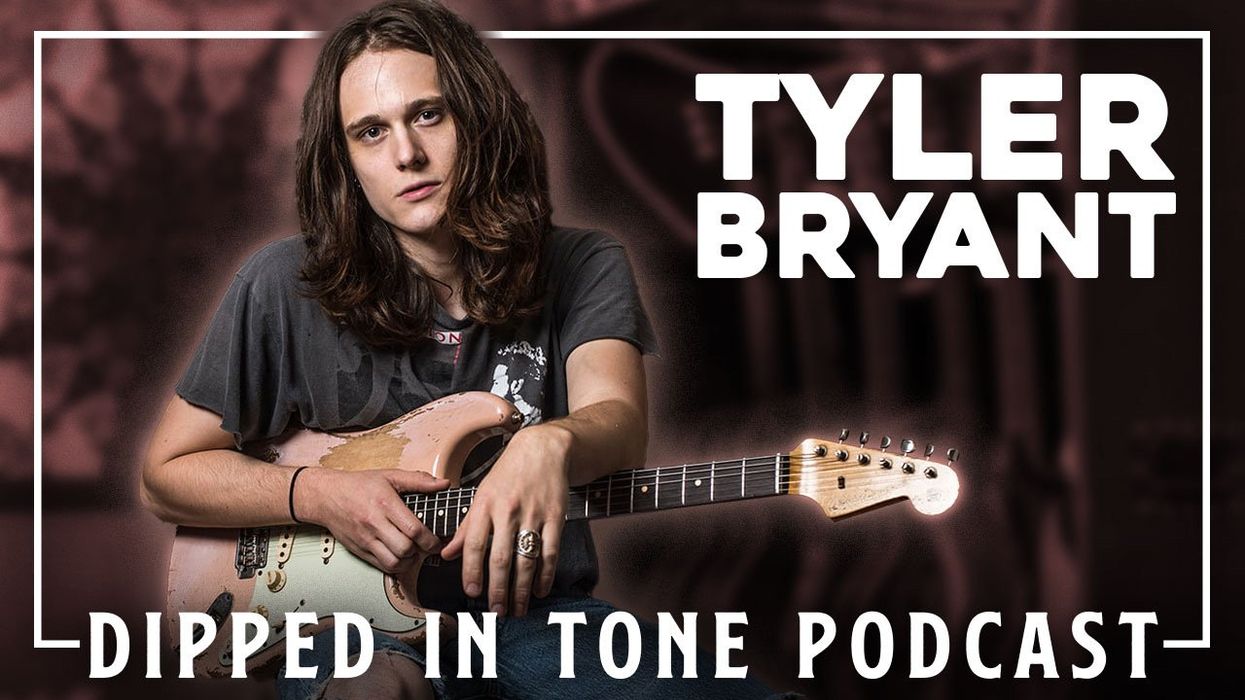
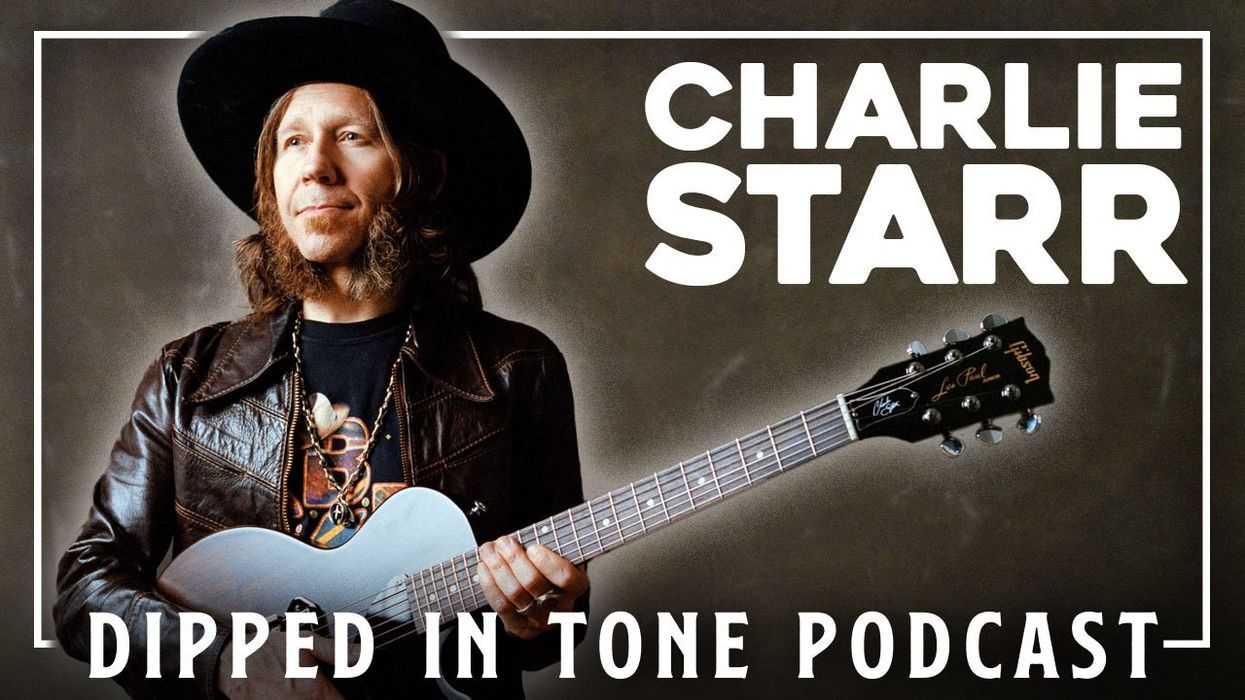
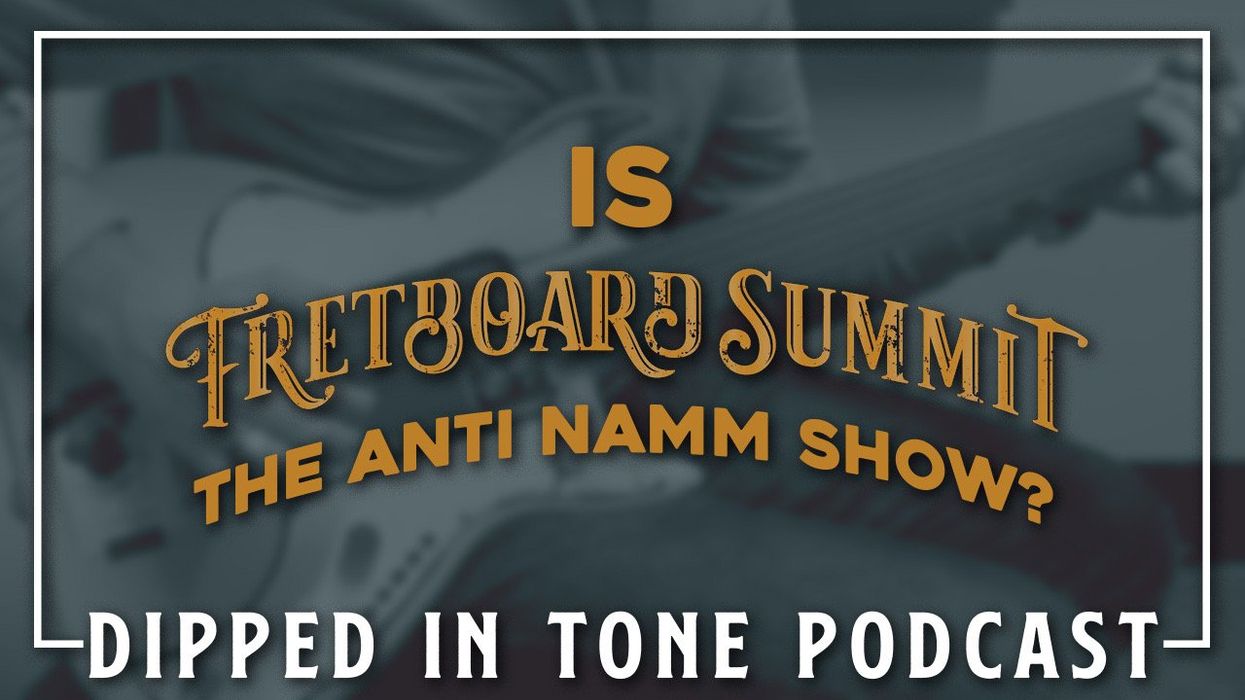
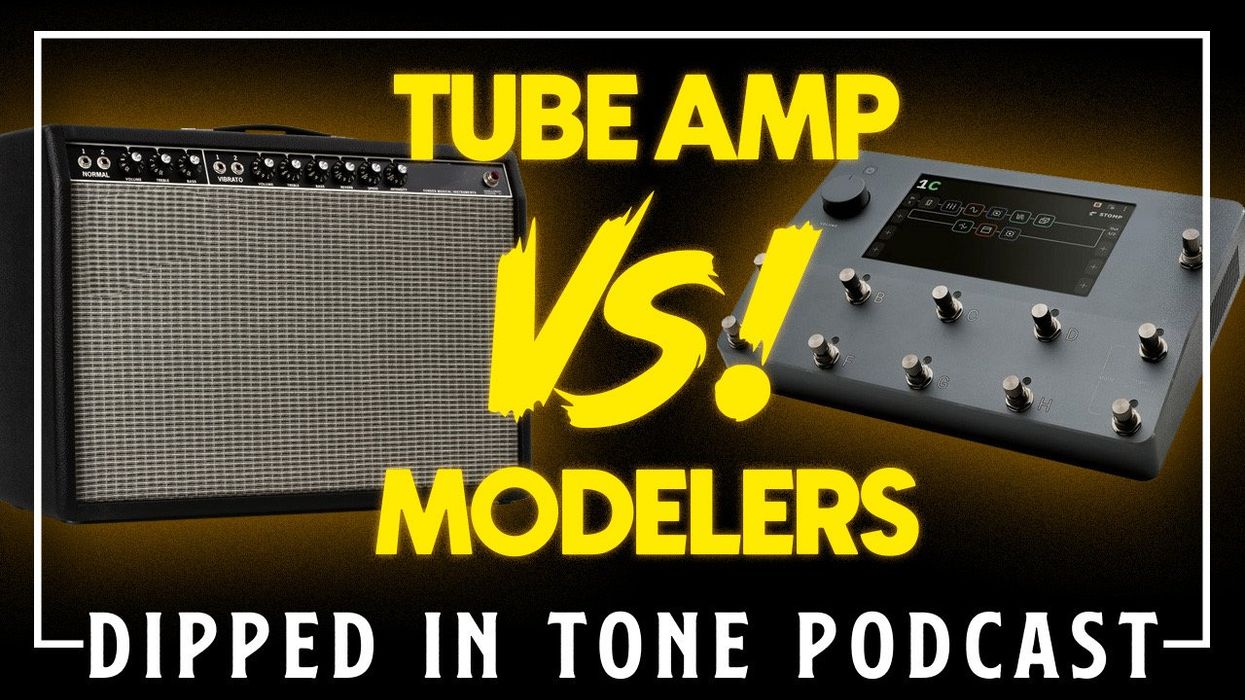
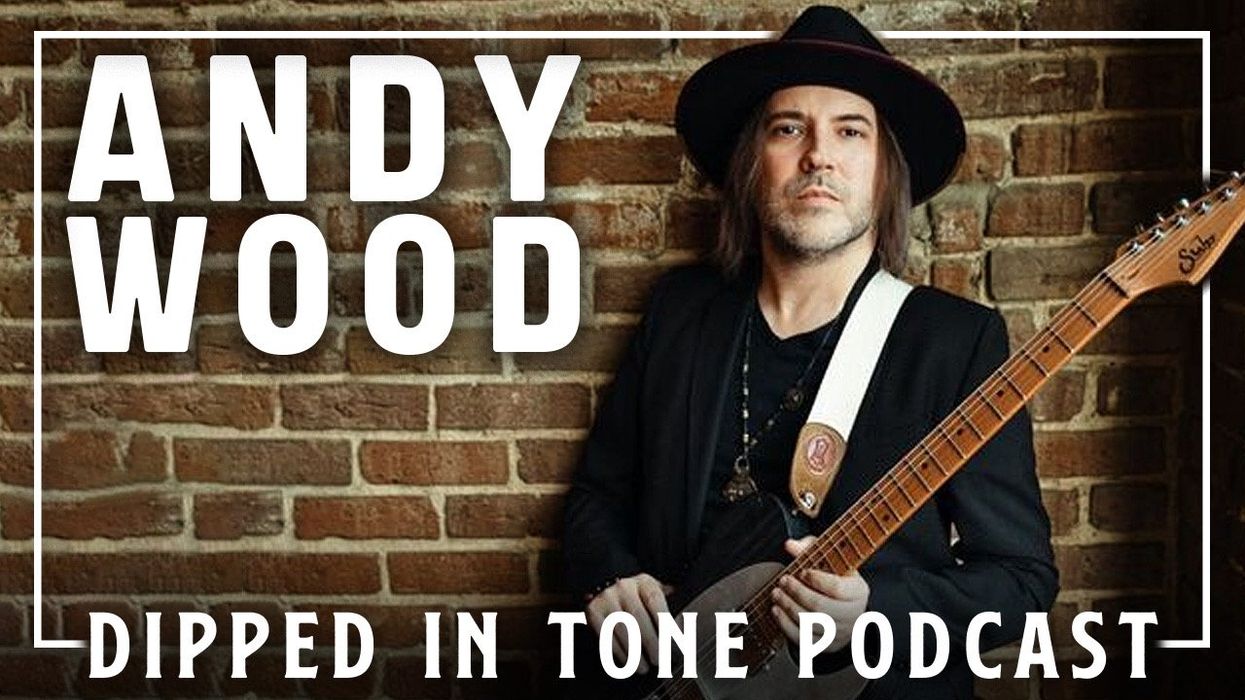
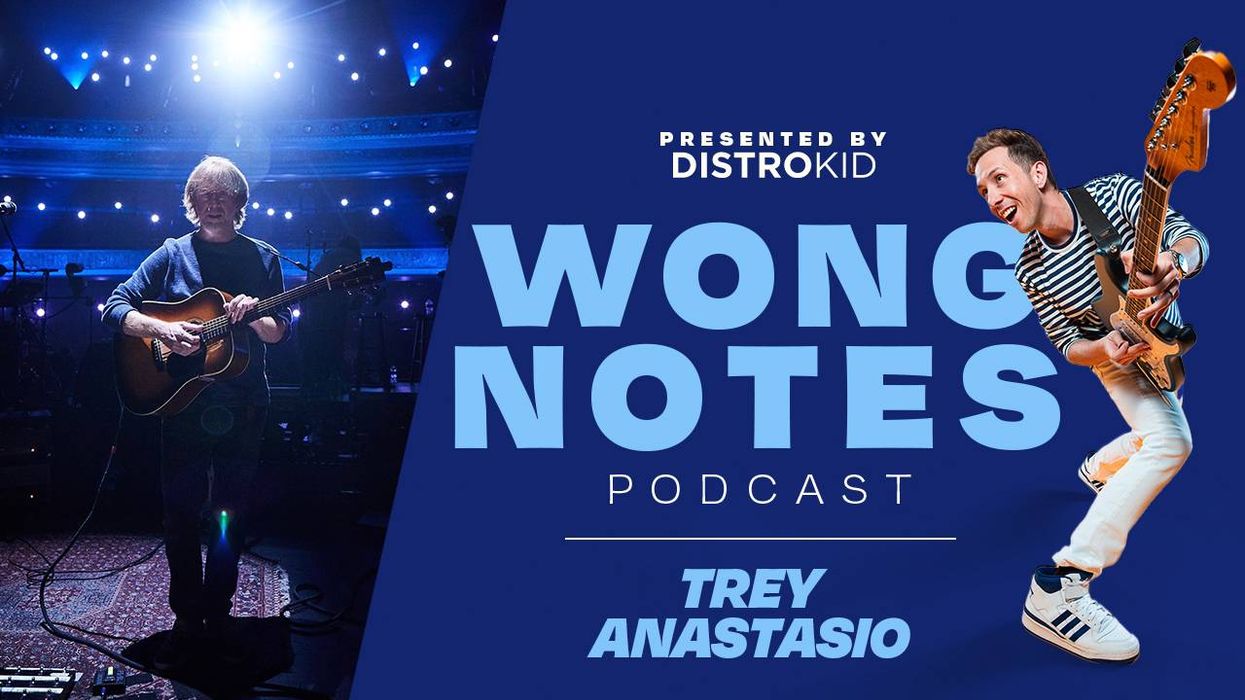
![Devon Eisenbarger [Katy Perry] Rig Rundown](https://www.premierguitar.com/media-library/youtube.jpg?id=61774583&width=1245&height=700&quality=70&coordinates=0%2C0%2C0%2C0)






